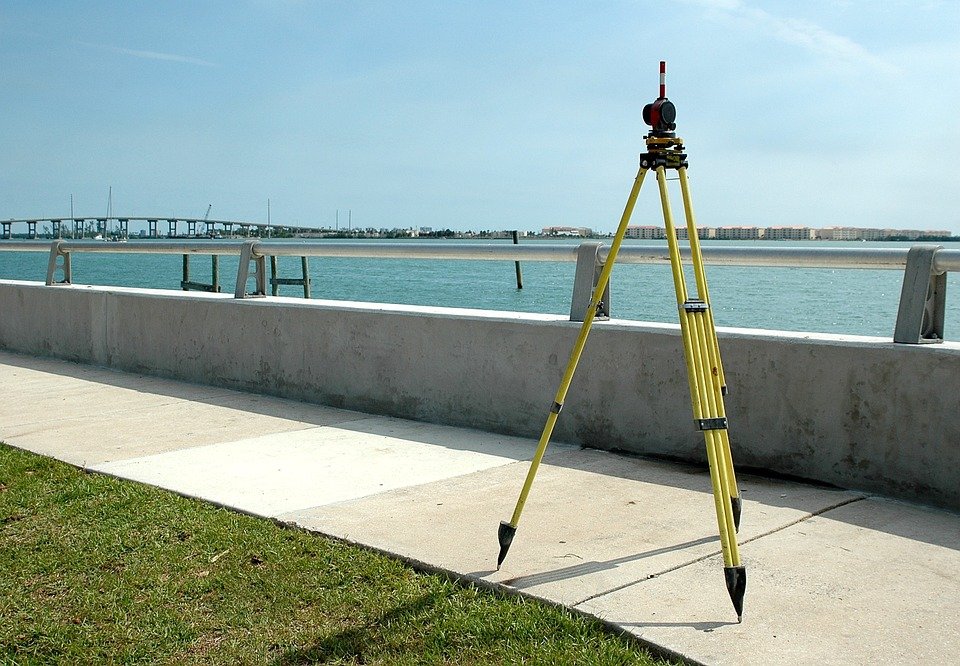Whether you’re building a home or a commercial property, having a land survey performed can be very helpful. But there are several different types of surveys, and which one you need depends on the purpose.
A boundary survey is used to identify and mark property boundaries on a parcel of land. It involves both record and field research, as well as measurements.

Boundary Survey
Boundary surveys are an essential step for property owners, whether they’re buying or selling. They help define boundaries legally so no one gets confused about what they own.
A boundary survey involves a combination of research and field work. The former involves reviewing historic documents like deeds, title certificates, part surveys, and easements while the latter involves taking physical measurements of a site.
The results of this type of land survey are shown on a plat, which is a scale drawing that shows the bearings and distances of the property lines as well as the total acreage. It also includes the location of man-made improvements such as fences, driveways, and buildings.
Topographic Survey
A Topographic Survey enables the precise measurement of land features and contour lines. It is most often used by engineers and architects for planning and designing buildings and other improvements on a site.
For example, if you want to build a house or commercial building on steep or unstable land you’ll need a topographic survey. It will show you if you need to move the location of the building, level out the ground, or add grading to the surface.
Other situations that may require a topographic survey include plans for preserving or altering local vegetation. In these cases you’ll need to meet permitting requirements and provide plans to replace the trees or other plant life that will be damaged during construction.
Location Survey
There are many different reasons to have a land survey done on your property. From establishing boundaries to helping you adhere to local laws, it can be a useful investment.
A Location Survey is the most basic type of land survey. It shows your property lines and illustrates the structures on your property.
It is usually used when you are looking to purchase a piece of property or if you need to meet zoning permit or loan application requirements. It is also important to get a location survey before building a fence or any other improvements on your property.
ALTA / ACSM Survey
An ALTA / ACSM Survey is the most comprehensive land title survey available. It depicts each element of a property that affects its ownership, including boundaries, site improvements, easements and rights-of-way.
This survey is required by most lenders, title companies, attorneys and buyers of commercial property. It complies with standards set by the American Land Title Association and the American Congress on Surveying and Mapping, now part of the National Society of Professional Surveyors (NSPS).
The research that an ALTA / ACSM Survey performs involves both public and private land records. It also includes a physical analysis of the property and boundary lines by the surveyors’ field crew.
Mortgage Survey
Mortgage surveys are an important part of the home purchase process. They provide valuable information that will satisfy the lender, determining whether the property will cover its loan.
The Mortgage Survey is used to determine the boundaries of your land and note any buildings, sheds, fences, easements and natural landmarks on it. This will help you steer clear of property line disputes with neighbors and ensure your structure meets current zoning regulations.
These surveys can also show where improvements can be made such as driveways and sidewalks. Like as-built surveys, they can be useful in planning your future improvements and additions on the property.
Subdivision Survey
When it comes to land surveying, one of the most important tasks is dividing a property into smaller lots (or tracts). It can be done for a number of different reasons, so it’s important to make sure that everything goes smoothly.
Typically, a subdivision survey is required when a parcel of land is divided into more than one lot, also called “lots.” This survey must be recorded by local and state government agencies. It’s also used to design streets and drainage systems, so it’s important to get it right the first time.


